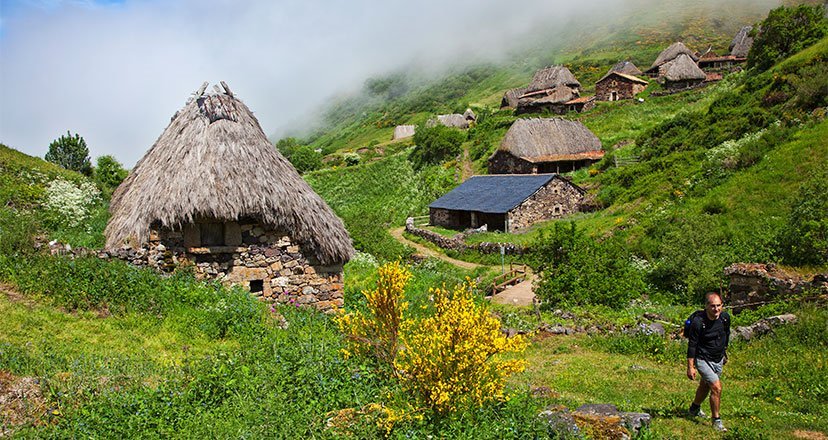Back Route to the Saliencia Lakes with children
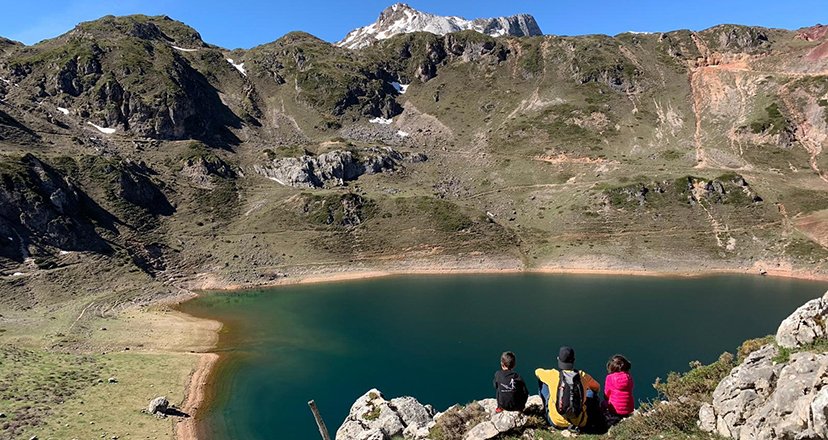
Route to the Saliencia Lakes with children
We are going to Somiedo, specifically to Los Lagos de Saliencia, a wonderful route in nature, ideal to do with children.
In the Natural Park of Somiedo, in Asturias, we find the Lakes of Somiedo, the largest lake complex in the Cantabrian Mountains, formed by the Lake of the Valley and the Lakes of Saliencia.
As we already knew the Lago del Valle from a previous route, we wanted to do the Saliencia Lakes route with children, in order to get to know the whole of this set of mountain lakes, so we set off on the adventure.
The route to the Saliencia Lakes with children
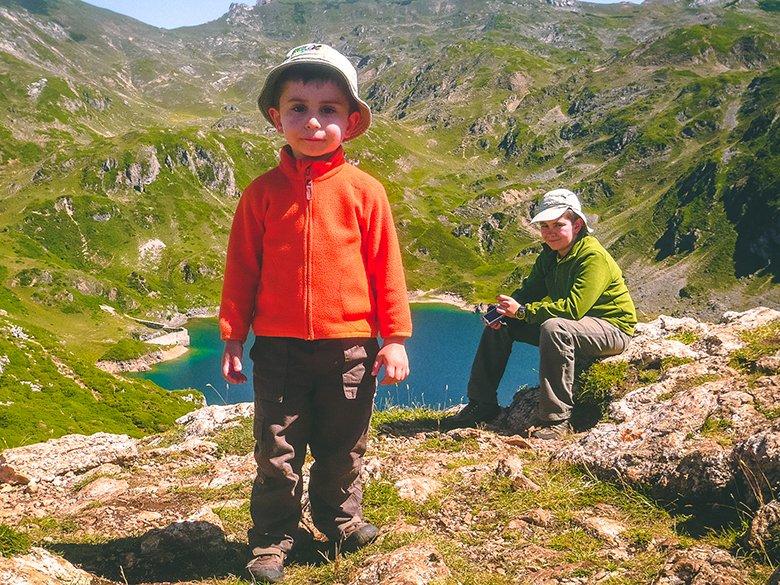
Practical information about the route
Distance: From the Alto de la Farrapona to Calabazosa Lake, the furthest lake we are going to reach, there are 4 kilometres, so you have the same distance back.
Gradient: The cumulative gradient of the route is about 200 metres.
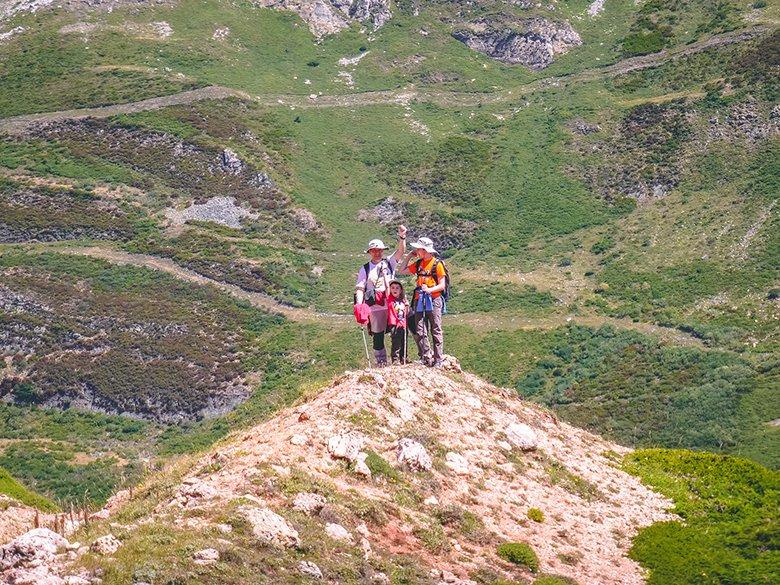
Difficulty: Except for the difference in altitude halfway along the route, it is not difficult at all, as the path is good and it is very easy to find your way around.
Best time of year to do the route: As the route reaches an altitude of almost 1800 metres, it should be done in good weather to avoid problems. In winter, snow is guaranteed and the route could be impracticable during the whole season without the right equipment.
The start of the route to the Saliencia Lakes with children
To do the Saliencia Lakes route with children, it is best to start from the Alto de la Farrapona, which was formerly known as Alto de Balbarán. It is located at an altitude of 1708 metres and is the highest mountain pass, accessible by road, in Asturias. You can leave your car parked there without any problem, as there is a large car park.

The Alto de la Farrapona is 7 kilometres from Saliencia, the last village in the Saliencia Valley, which logically includes the Saliencia Lakes.
To get to Saliencia from Pola de Somiedo, we had to take the road that goes north from this town and, after passing the La Malva hydroelectric power station, we took the turning to the right that goes to Saliencia, passing through Veigas, Villarín, Arbellales and Endriga.
The Alto de la Farrapona is right on the border between Asturias and León, although there is no tarmac road to the latter province, and if you want to go down there, you will need an off-road vehicle.
As we found them marvellous, I recommend that you don't miss the incredible views from the Alto de la Farrapona car park. Looking west (Asturias), we could see perfectly the impressive glacial valley through which we had climbed. And looking towards the east (León), we clearly distinguished the Ubiñas Massif. A spectacle that I highly recommend, and which was a lesson in field geology for our children.
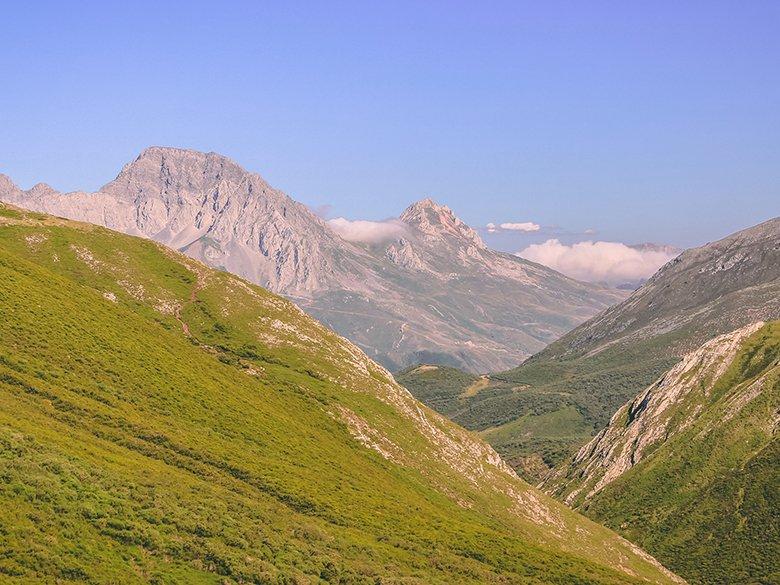
Once we have enjoyed the views, we start the route by taking the path that starts from the car park and goes slightly downhill. It is a very comfortable start with great views. We were also lucky, because while we were walking we had a good view of a pair of golden eagles that were flying around the area for a while, which delighted our children. I would like to take this opportunity to recommend that when you go to the countryside, you should always carry binoculars with you.
Near the end of this first stretch, the path has a wooden fence to protect it from the slope on one side, and on the other there is a rocky wall that shades the path. This wall produces a really curious echo, so you can imagine that, going with the children, it caught their attention, and we did a few "sound tests" to check how good the sound was.
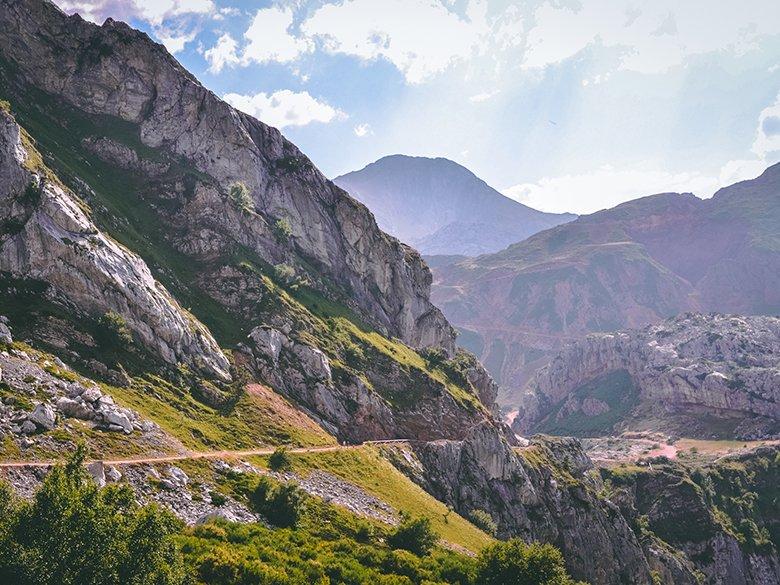
Cave Lake
Almost without realising it, and after approximately one kilometre of slightly downhill walking, we left the valley and came to an esplanade where we found the Lago de la Cueva, the first of the four Saliencia lakes that we were going to find on our route.
This lake is located on a kind of natural step. On its southern side, it is protected by a rocky wall that looks like a natural amphitheatre, and along which the path we have to follow gradually climbs. On the north side, it has another natural step that falls towards the Saliencia Valley.
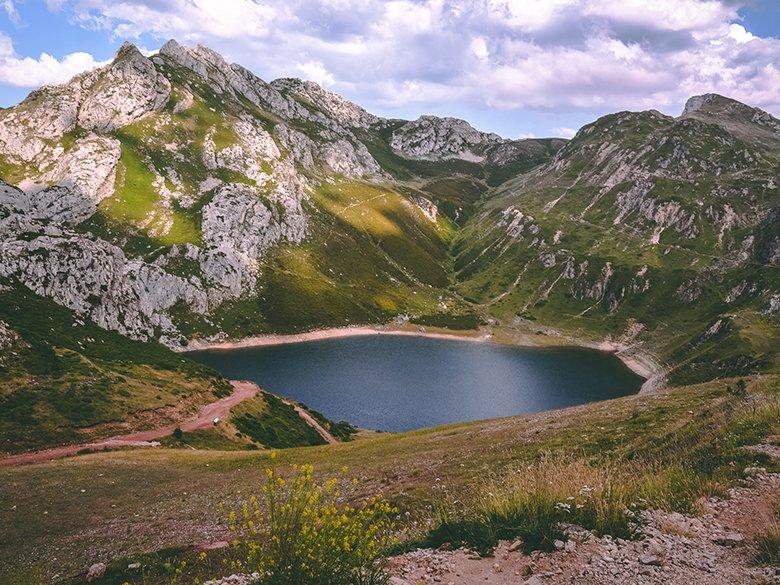
On this northern side and very close to the path is the Peña la Cueva viewpoint, which we approached to enjoy the views of the Saliencia Valley. The viewpoint opens onto the step I mentioned, and there is a panel explaining the natural wealth of the surroundings, which was very useful for us to get to know this unique place better.
We continue on our way along this flat plain with the Cueva Lake on our left, and we pass by a sign explaining the glacial dynamics. The sign explains that this whole area was in fact an enormous natural moraine, eroded by the ice that fell, as if in a huge icefall, towards the tongue of the glacier that ran through the Saliencia Valley.
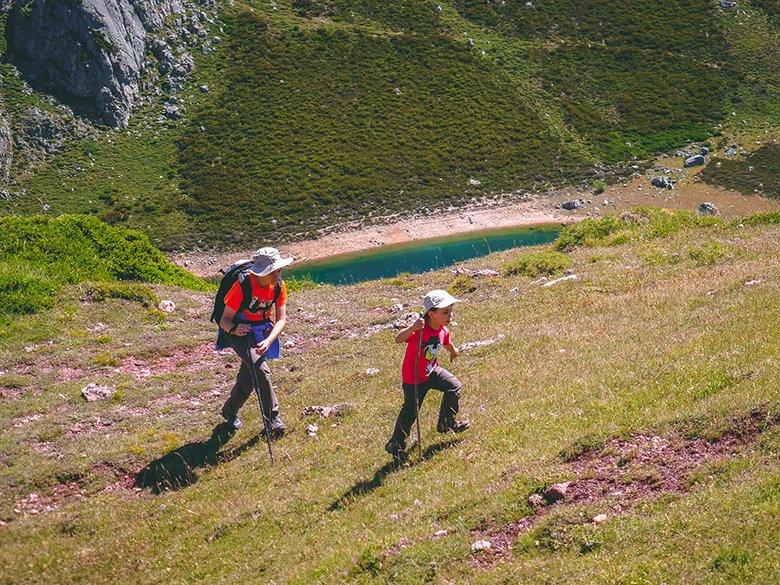
When we reach a 180-degree bend to the left, from which the hardest climb of the route to the other lakes begins, we find the remains of buildings and traces of mining operations on the rock face.
This is the old Santa Rita Mine, a former oligist (iron ore) mine, which was in operation until 1978. In times of heavy rainfall, the debris from the old mine makes the waters of the Lago de la Cueva take on a reddish hue.
We continue our ascent until we reach another 180-degree bend, now to the right, where we find the Mirador del Lago de la Cueva viewpoint, with views of the depression that houses the lake.
The Mine Lake
Once we finally got over the ascent, we saw to our left a reddish area where there was still a little water left. It was the Lake of La Mina or Almagrera, the smallest of the four Saliencia Lakes, which dries up in the hottest summers.
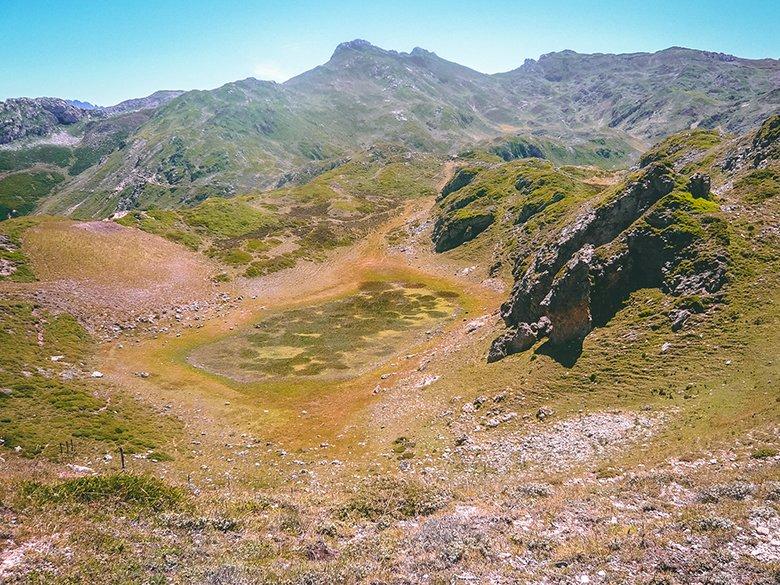
Cerveriz Lake
A little further on, we reach the beautiful Cerveriz Meadow, an extensive flat and very green area, where we find the Cerveriz or Cerveiriz Lake, behind which we find the defiant peaks of the Picos Albos, whose slopes seem to descend to the very shores of the lake.
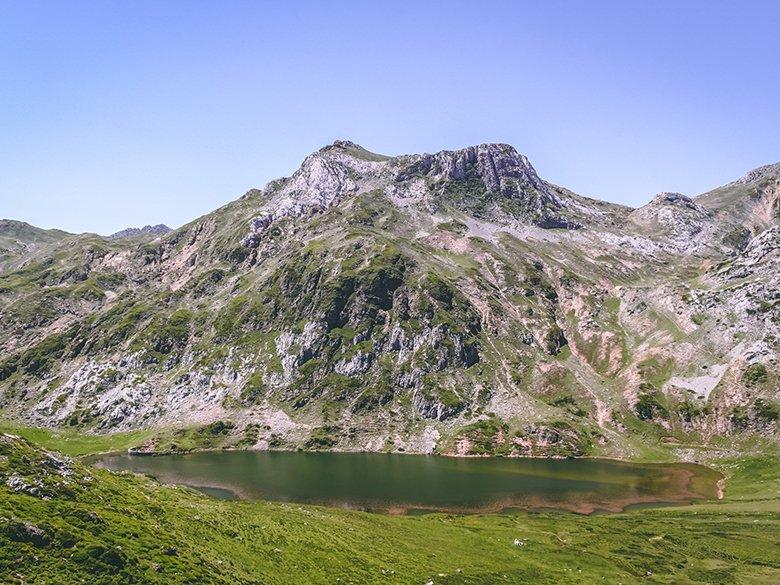
From here you realise why they are called the Picos Albos, because their white limestone peaks make them unmistakable. It must be a spectacle to see them covered in snow in winter.
It is a really beautiful area, which the children appreciated after the climb. They must not have been too tired, though, because they ran like crazy all over the plain.
The Calabazosa Lake
We went to the shores of Cerveriz Lake to see it up close, and from here we took the path that, heading east, headed towards Calabazosa Lake, the largest of the Saliencia Lakes.
The path runs through an area of rocks rounded by the erosive action of the glacier ice, which we took advantage of to explain to our children the incredible force of nature that glaciers represent as shapers of the landscape.
From the high area, there is a spectacular view of the lake and you can appreciate its characteristic dark colour, which is why many people also know it as Lago Negro (Black Lake). This colour is due to its great depth, which is well over half a hundred metres, making it the deepest lake in the Cantabrian Mountains.
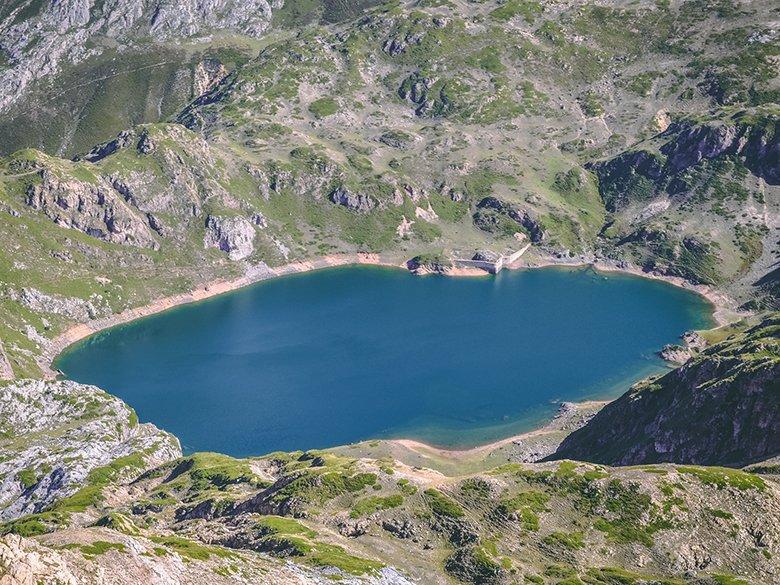
We went down to the shore of the lake to walk along its banks for a while, which our children took the opportunity to throw stones into the lake continuously, trying to make them jump over its surface.
The way back
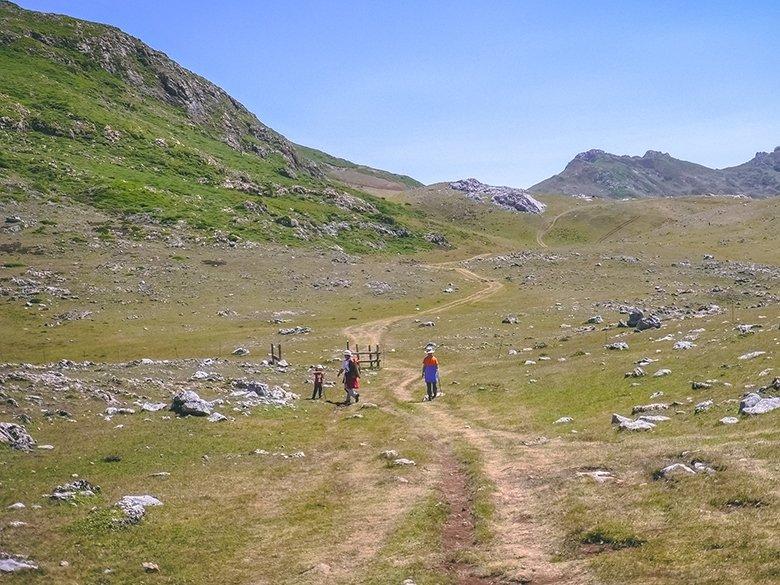
When we arrived at the Cerveriz meadow, we saw a branch of the path that went off in a westerly direction, heading towards the Lake Valley. We took the opportunity to follow it for a while and enjoy this unique and marvellous place.
This environment is spectacular, as everything is completely green, we are surrounded by mountains and the omnipresent cows, which adorn the landscape of this area of Asturias.
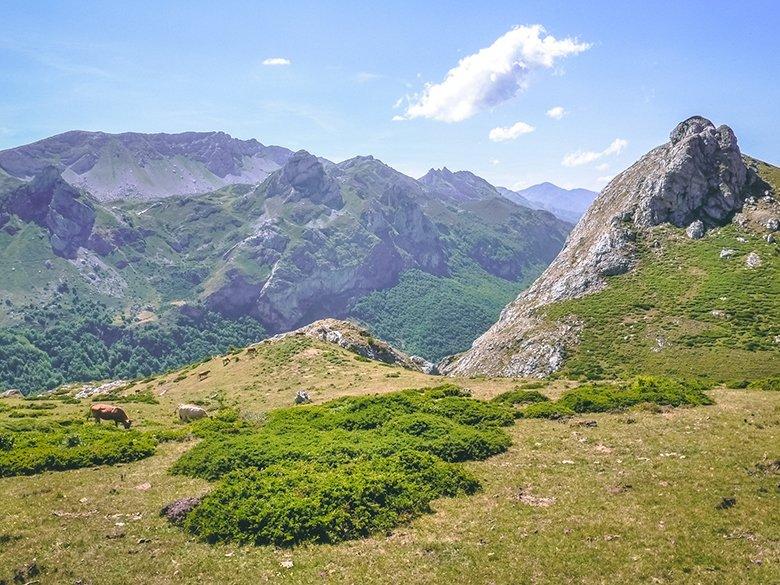
As the children were tired, we turned back and retraced our steps until we reached the Alto de la Farrapona. The way back is not to be missed, as it is the same way we came and it is now downhill, which makes it easier and more bearable.
We took the opportunity to collect some samples of iron ore for the mineral collection, which our eldest son was going to be asked for at school the following year and, once again, we saw that the echo I mentioned at the beginning of the route continued to return each of the shouts that were shouted at him.
And to complete this route to the Saliencia Lakes with children, there is nothing better than taking the opportunity to see some of the beautiful brañas, which are located next to the road in the Saliencia Valley, just as we did.
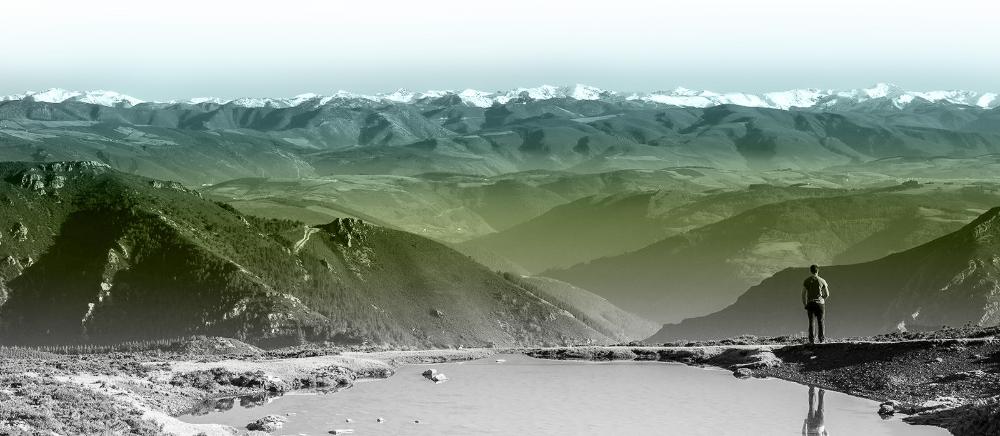
Subscribe to our newsletter and take advantage of offers, discounts, and news
Subscribe

